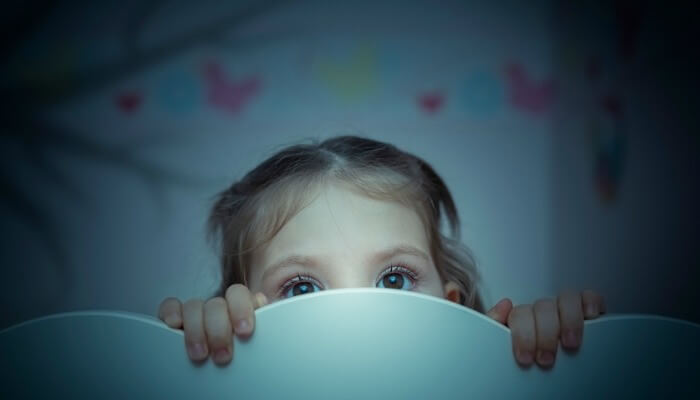Two common causes of night waking in young children are night terrors and nightmares. Parents can often get these confused however, they are very different, as is how they should be managed. In this blog, I will explain the differences of night terrors and nightmares in young children and what you can do for your child in either event.
All children and adults cycle through stages of deep sleep, also known as non-rapid eye movement (non-REM), and light sleep which is also known as REM. Night terrors and nightmares happen in different parts of the sleep cycle and occurs at different times in the night.
For almost all children, nightmares and night terrors are a part of normal development and generally not a cause for concern however, if your child has frequent nightmares, night terrors or shows signs of distress, there may be something else going on. It could simply be moving house, starting school, parents separating, I would recommend you spend a little extra time before bedtime to sit with your child and talk through what could be making them feel this way. This will help your child relax and fall asleep feeling less stressed or anxious. If this does not help your child, you may benefit from seeing a health professional who can work with the child and address any underlying issues that may be going on.
What are nightmares and what can you do?
Nightmares are often experienced when children awaken from vivid dreams with intense feelings of fear or dread. The child will wake up completely from the bad dream and can recall the content of the dream with vivid detail in the morning.
Nightmares can often be attributed to a child seeing or hearing something that causes fear or anxiety, this can be caused by things that have actually happened or things that are make believe. Nightmares generally occur in the second half of the night during REM sleep where dreaming is most prevalent. Nightmares are very common in children ages 3-6 however, can begin from 2-2.5 years of age.
With nightmares, I recommend consoling your child to help calm them, reassure and comfort them that there is nothing to be scared of and once they are calm, help them return to sleep. Find out what could be causing your child to worry about and keep your child from viewing movies or television that may be frightening or may not be age appropriate. Develop a relaxing wind down routine for your child before bed, it could also be beneficial to introduce a night light if there is a fear of the dark. I recommend warm tones like red or orange for the night light and only recommend from age 2+.
What are night terrors and what can you do?
Night terrors can be a sudden onset of screaming, the child can have their eyes open or closed, can breathe rapidly and have a fast heartbeat. They can also bolt upright in bed looking terrified or begin running around the room however, they are not truly awake and the child has no memory of the event in the morning. The best way to manage a night terror is to ensure your child is safe and remove anything that has the potential to cause injury. The best thing you can do as a parent, albeit hard is to patiently wait it out. Do not try and wake your child through an episode as it will likely be extremely confusing and it will take much longer to get them to calm down back to sleep.
Night terrors occur during non-REM sleep and often in the first 4 hours of sleep before REM sleep occurs. Night terrors often last between 10-30 minutes, the child will often push the parent away and go back to sleep quickly after the episode without being consoled. Establishing a relaxing wind down routine can help prevent night terrors, you may look to bring bedtime forward if over-tiredness is a factor and these are occurring frequently.

